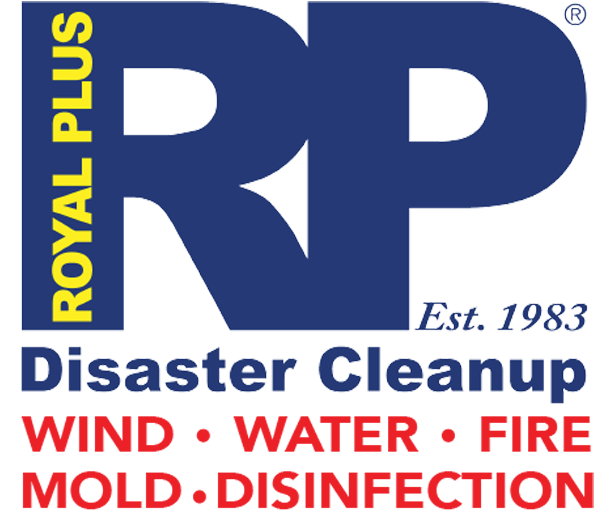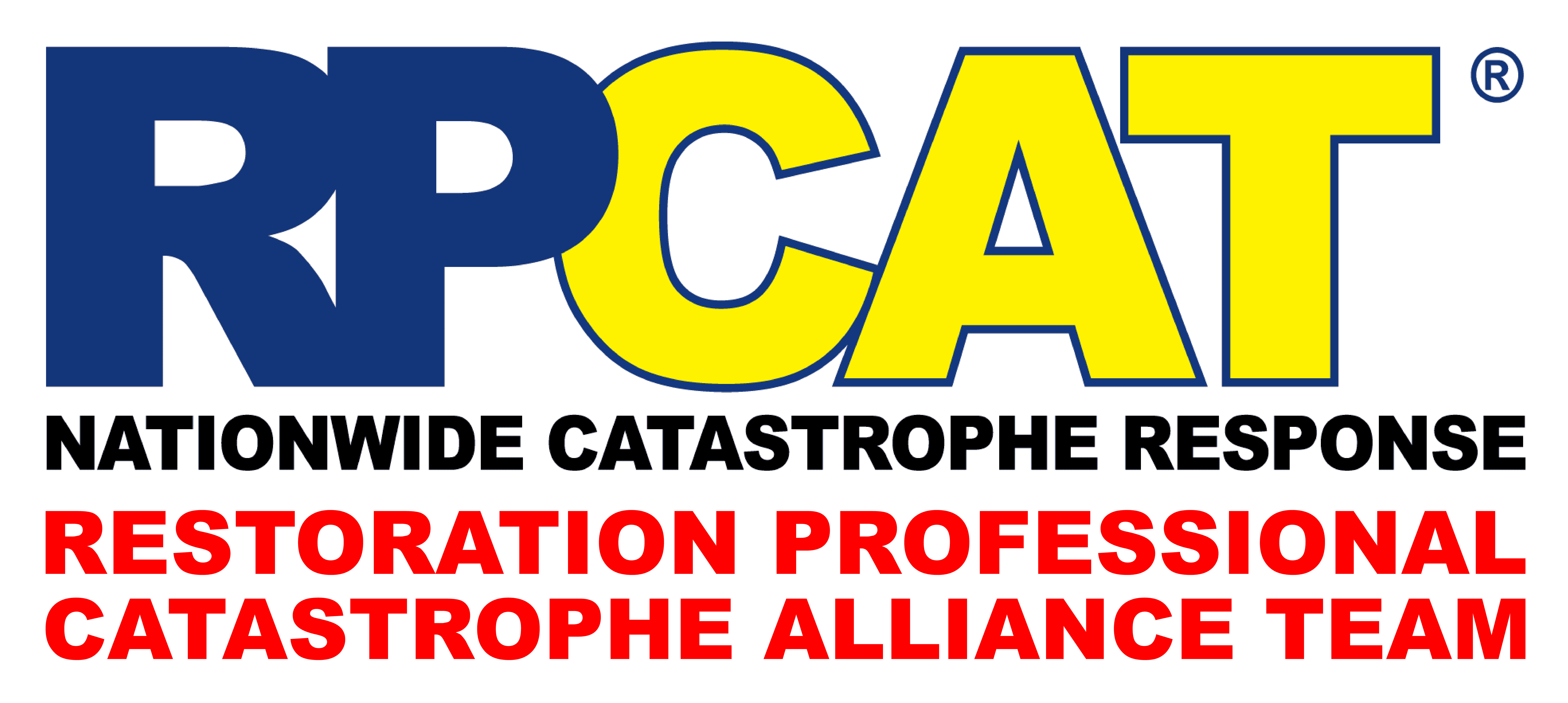The Key to Mold Control is Moisture Control!
When addressing mold problems, don’t forget to address the source of the moisture problem, or the mold problem may simply reappear!
Remember to check for high humidity and condensation problems as well as actual water leaks, maintenance issues, and HVAC system problems.
Protect the health and safety of the building occupants and remediators. Consult a health professional as needed. Use PPE and containment as appropriate when working with mold.
Mold Prevention Tips
- Fix leaky plumbing and leaks in the building envelope as soon as possible.
- Watch for condensation and wet spots. Fix source(s) of moisture problem(s) as soon as possible.
- Prevent moisture due to condensation by increasing surface temperature or reducing the moisture level in air (humidity).
- To increase surface temperature, insulate or increase air circulation. To reduce the moisture level in air, repair leaks, increase ventilation (if outside air is cold and dry), or dehumidify (if outdoor air is warm and humid).
- Keep heating, ventilation, and air conditioning (HVAC) drip pans clean, flowing properly, and unobstructed.
- Vent moisture-generating appliances, such as dryers, to the outside where possible.
- Maintain low indoor humidity, below 60% relative humidity (RH), ideally 30 – 50%, if possible.
- Perform regular building/HVAC inspections and maintenance as scheduled.
- Clean and dry wet or damp spots within 48 hours.
- Don’t let foundations stay wet. Provide drainage and slope the ground away from the foundation.
Safety Tips While Investigating and Evaluating Mold and Moisture Problems
- Do not touch mold or moldy items with bare hands.
- Do not get mold or mold spores in your eyes.
- Do not breathe in mold or mold spores.
- Consider using Personal Protective Equipment (PPE) when disturbing mold. The minimum PPE is an N-95 respirator, gloves, and eye protection.
HVAC System
Do not run the HVAC system if you know or suspect that it is contaminated with mold. If you suspect that it may be contaminated (it is part of an identified moisture problem, for instance, or there is mold growth near the intake to the system), consult EPA’s guide Should You Have the Air Ducts in Your Home Cleaned? before taking further action. Do not run the HVAC system if you know or suspect that it is contaminated with mold – it could spread mold throughout the building. Visit the United States Environmental Protection Agency to download a copy of the Indoor Air Quality EPA guide.
Hidden Mold
In some cases, indoor mold growth may not be obvious. It is possible that mold may be growing on hidden surfaces, such as the backside of drywall, wallpaper, or paneling, the top of ceiling tiles, the underside of carpets and pads, etc. Possible locations of hidden mold can include pipe chases and utility tunnels (with leaking or condensing pipes), walls behind furniture (where condensation forms), condensate drain pans inside air handling units, porous thermal or acoustic liners inside ductwork, or roof materials above the ceiling tiles (due to roof leaks or insufficient insulation). Some building materials, such as drywall with vinyl wallpaper over it or wood paneling, may act as vapor barriers, trapping moisture underneath their surfaces and thereby providing a moist environment where mold can grow. You may suspect hidden mold if a building smells moldy, but you cannot see the source, or if you know there has been water damage and building occupants are reporting health problems. Investigating hidden mold problems may be difficult and will require caution when the investigation involves disturbing potential sites of mold growth—make sure to use PPE. For example, the removal of wallpaper can lead to a massive release of spores from mold growing on the underside of the paper. If you believe that you may have a hidden mold problem, you may want to consider hiring an experienced professional. If you discover hidden mold, you should revise your remediation plan to account for the total area affected by mold growth.


